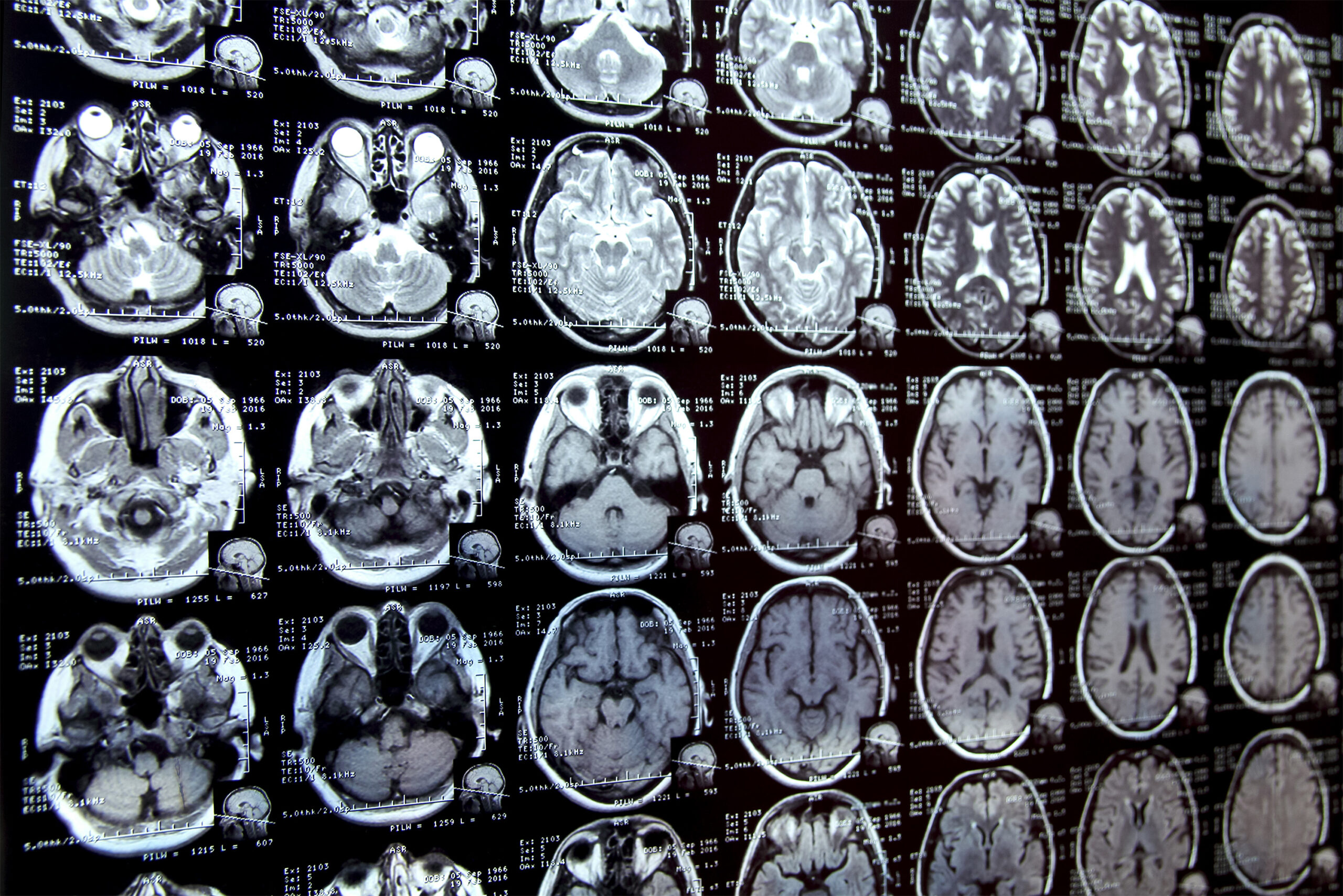Hundreds of employees at the National Institute of Standards and Technology (NIST) are facing imminent job losses as part of a sweeping federal cost-cutting initiative.
Federal Budget Cuts Hit NIST
The Department of Government Efficiency (DOGE), under the Trump administration, has initiated a series of budget reductions across various federal agencies. NIST, a crucial entity responsible for setting benchmarks in safety and technological standards, is now bracing for the impact, with an estimated 500 employees—many of them recent hires—facing termination.
Concerns Over AI and Research Programs
One of the most affected divisions is the U.S. AI Safety Institute (AISI), which was established to monitor and assess artificial intelligence advancements. Following the repeal of an executive order on AI safety, the institute has seen key personnel exits, including its director Elizabeth Kelly and chief AI advisor Elham Tabassi.
The AI sector, which has been a focal point of NIST’s research, is particularly vulnerable. Some experts believe this move could affect the long-term costs of AI deployment in critical industries, raising concerns about innovation and security.
Political and Industry Backlash
The layoffs have drawn criticism from policymakers and industry experts. Representative Jake Auchincloss has expressed concerns that cutting NIST’s budget is counterproductive, given its vital role in technological advancements. “Reducing NIST’s capacity will only slow down business productivity and increase operational costs,” he stated.
Future of NIST’s Research
NIST’s research spans various domains, from cybersecurity to quantum computing. Budget reductions could not only hinder these projects but also create security risks, as some fear that downsizing could lead to lapses in technological oversight.
The official layoff notices are expected to be issued by the end of the week, with many employees still uncertain about their future. As government agencies continue to restructure under the new fiscal policies, the broader implications of these cuts remain to be seen.







